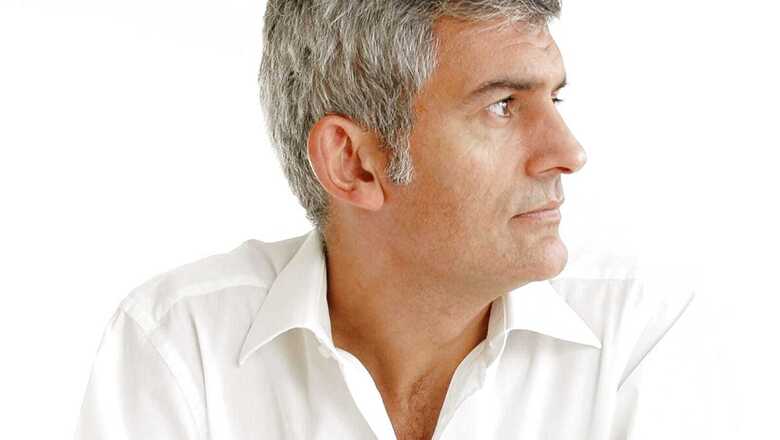
views
Alfredo Häberli is a Swiss-born industrial designer known for his innovative and imaginative approach to design. Born in Buenos Aires, Argentina in 1964, Häberli studied industrial design at the Höhere Schule für Gestaltung in Zurich, Switzerland, where he graduated in 1991.
Since then, Häberli has become a renowned name in the design world, with a portfolio of work that spans from furniture and lighting to kitchenware and home accessories. His designs are characterized by their playful, whimsical style, often incorporating bright colours and unexpected materials.
Häberli has collaborated with numerous renowned brands, such as Georg Jensen, Vitra, and Moroso, and has received numerous awards for his work, including the prestigious Swiss Grand Prix Design Award in 2014.
Overall, Alfredo Häberli is a designer who has made a significant impact on the world of design, both through his innovative and imaginative approach to his work and his collaborations with some of the most respected brands in the industry.
With Rado unveiling the latest addition to its DiaStar series – the DiaStar Original 60-Year Anniversary Edition, crafted from Ceramos, one of the brand’s favoured materials in collaboration with renowned Swiss designer, Alfredo Häberli, with the aim of commemorating its six-decade history by incorporating subtle yet significant changes. We talk to the designer as he has worked to retain the distinct personality of its predecessor while incorporating the latest advancements in watchmaking.
Q1. Tell us something about the 60th-anniversary special watch. What inspired you to design it?
In my work as a designer I’m always trying to combine tradition and innovation with joy and energy, and the anniversary edition is no exception. In essence, the point was to take the features of the original Diastar and give them a contemporary form. So there’s been a minor geometric adaptation of the case to make it look more elegant and lighter. The facetted cut of the watch glass was reinterpreted in a hexagonal form meant to highlight the 60th anniversary. The hands and date display were designed to look as modern and abstract as possible. With every product I try to add value, which lies in the everyday usefulness of the design. For the Diastar that means you have to be able to wear it on different occasions, so it comes with two alternative straps and in a leather case that can be used as protection while travelling.
Q2. The specialty of the glass and the Scratchproof aspect of it. Is that right? Please elaborate.
The Rado DiaStar 60th Anniversary Edition was designed with the goal to revisit the model, with subtle but notable changes to mark its 60th Anniversary, to keep the strong personality of its predecessor, while also adding the best and latest innovations. At the heart of the watch lies an automatic movement, which ensures precision and accuracy in timekeeping. The geometry and shape of the watch case, combined with the unique Ceramos material, make the watch lightweight, yet incredibly durable and scratch-resistant. The dial of the watch is metallic grey and circular brushed, with dot indexes filled with natural colour Super-Lumi Nova. It also features a silver-coloured moving anchor symbol on a metallic grey background, a grey printed Rado logo and rhodium-coloured hands. The sapphire crystal glass is not only scratch-resistant but also anti-reflective, making it easy to read the time in any lighting conditions. The Rado DiaStar 60th Anniversary Edition is a beautiful and functional watch that is sure to impress both watch enthusiasts and fashion-forward individuals alike.
Also Read: The New Era of Sustainable Luxury in Home Decor
Q3. Your signature minimalism is unmistakable. Has it always been the DNA?
In my work I am never interested in belonging to a certain «-ism», a Stylism does not interest me. Rather, the terminology of DNA fits: I am interested to achieve as much as possible with as little resources as necessary. This goal can be reached, for example, through the choice of the materials or by using as few lines as possible. This is what I call «The Economy of Means» or more abstractly expressed: The Weight of Lightness.
Q4. Which spaces intrigue you?
With great attention, I like to visit well-known and famous buildings from the history of architecture and observe how the spaces affect me. Today, architecture is often designed in such a way that the external appearance attracts the desired attention, which can also be well represented visually. But the feeling in a room must be experienced for oneself. I am particularly fascinated by this effect in small volumes, because there it is much more difficult to realise. Giving a room a tangible soul remains a challenge that is rarely achieved – and these are the spaces I admire.
Read all the Latest Lifestyle News here


















Comments
0 comment